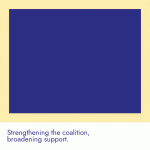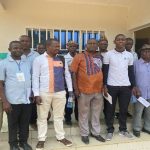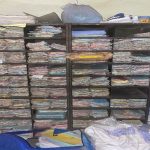Slum Profiling Scales Up in Uganda
Seventy two per cent of the population of Uganda’s capital city, Kampala, lives in slums and only occupies about 12% of the city land area. This is one of the resulting statistics coming out of the National Slum Dwellers Federation citywide slum profiling work. This year, the National Slum Dwellers Federation of Uganda (NSDFU), in collaboration with ACTogether, a local NGO affiliated with Slum Dwellers International (SDI), concerned municipal councils and Ministry of Lands, Housing and Urban Development (MoLHUD) commenced the slum profiling work in 15 municipalities (including Kampala) using the GLTN tools namely: participatory enumerations and Social Tenure Domain Model (STDM). To date, they are able to complete the profiles of 89 settlements in five municipalities.
STDM work in Uganda has continued to scale up in the said municipalities with less technical support from the GLTN Secretariat and SDI. The five municipalities have now established data centres hosted by municipalities and managed jointly by municipal staff and slum community groups. The data centres serve as the hub for enumeration and profiling information and for local stakeholders to analyze and use the data sets to inform planning and decision making processes.

Tororo municipal officials demonstrating the results of the settlement profiling to workshop participants. Photo: Danilo Antonio, UN-Habitat/GLTN
To assess the progress and plan for next steps, a two-day workshop was conducted in Entebbe, Uganda on 10-11 September 2014. Participants consisted of various stakeholder representatives from slum communities, municipal councils and municipal development forums of the five municipalities, as well as from the academic sector, MoLHUD, SDI and the GLTN Secretariat. The municipalities included Kampala, Mbale (where the first pilot of STDM was implemented), Tororo, Masaka and Entebbe. Workshop participants recognized STDM as an important tool for planning, tenure security improvement and settlement upgrading.
In Mbale municipality, where the pilot was carried out, testimonies from slum dwellers revealed that they have managed to use the STDM generated data to leverage community projects for the 8 profiled municipalities. On the other hand, the working relationship among the municipal authorities, slum community groups and Municipal Development Forum leaders was strengthened through the establishment of the data centres and the joint work around settlement profiling using STDM.
In the coming months, it is expected that settlement profiling will be expanded to an additional 9 municipalities building on the lessons learned from the last two years of STDM work in Uganda. ACTogether, with support from GLTN, also produced a video around the settlement profiling work in Uganda. Please see link: https://www.youtube.com/watch?v=NV7K21OtARY&list=UUYRnfy6U0gLaxN5rUnDD3Jw






